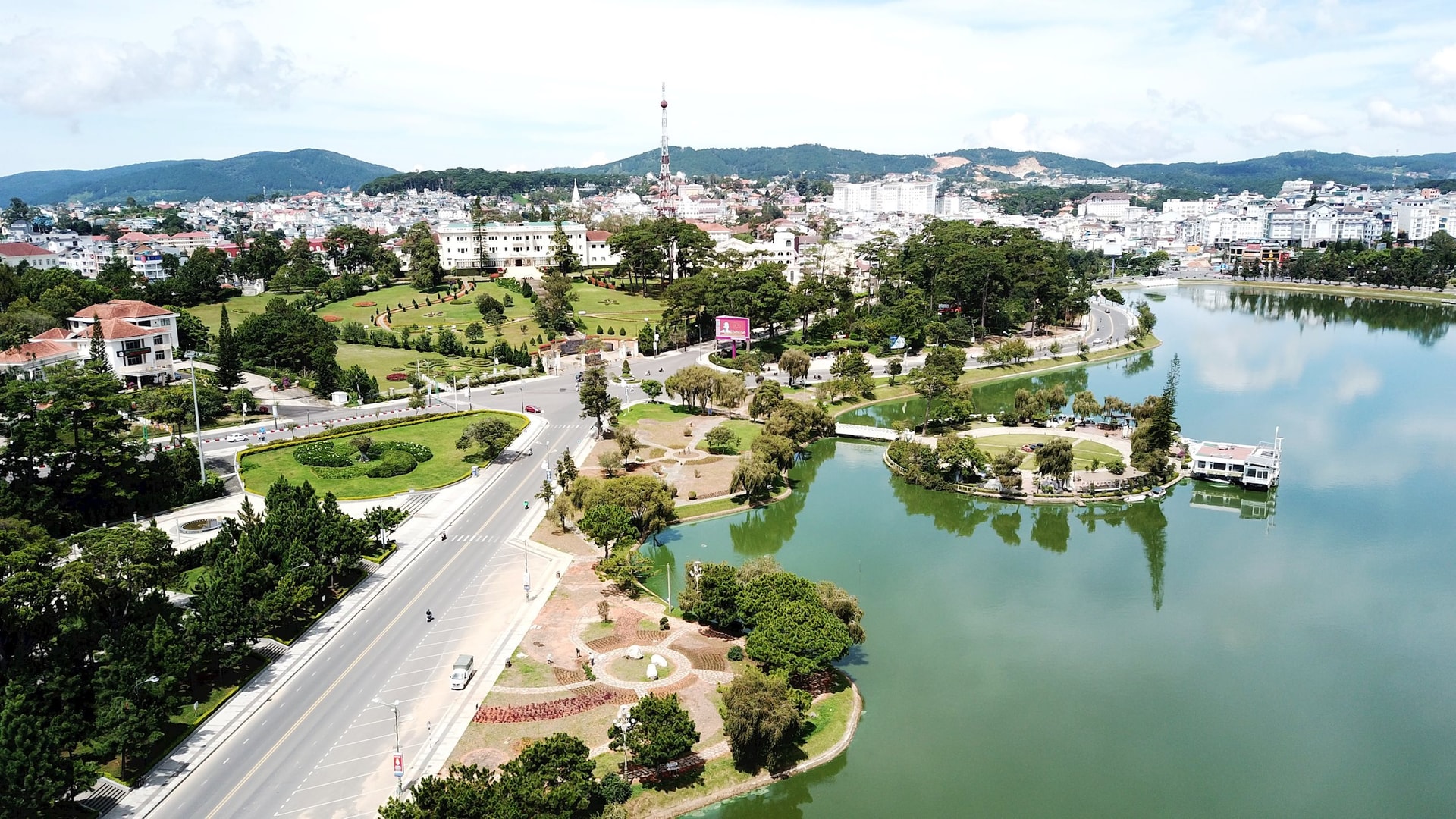
In the current context of regional development, organizing economic space linking localities is a prerequisite for effectively exploiting local potential, enhancing regional connectivity, promoting sustainable, balanced and effective development. Therefore, according to planning experts, the urban development orientation of the new province needs to ensure 3 fundamental principles: Synchronization - sustainability - regional connectivity.
4 goals
Accordingly, the merger of Dak Nong, Lam Dong and Binh Thuan to form the new Lam Dong province is not only a matter of reorganizing administrative boundaries, optimizing resources, and exploiting economic potential, but also promoting regional connectivity, forming major economic centers, creating conditions to enhance competitiveness and attract investment. This is both in line with the trend of international integration and providing a strategic development solution for the Southern Highlands.
Therefore, creating a chain of urban areas in the space of the great plateau and the blue sea, taking the land of thousands of flowers as the "core" to play the role of the central urban area of administration, politics - economy - culture... of the province, from there, reorganizing the urban system of the new Lam Dong province. Because the reorganization of the urban system plays a key role in the process of regulating spatial development, allocating population - resources as well as forming the territorial identity of Lam Dong after the merger. And, according to planning experts, the urban development orientation of the new Lam Dong province needs to ensure 3 fundamental principles of synchronization - sustainability - regional connectivity in the context of renewing the growth model and adapting to climate change and rapid urbanization.
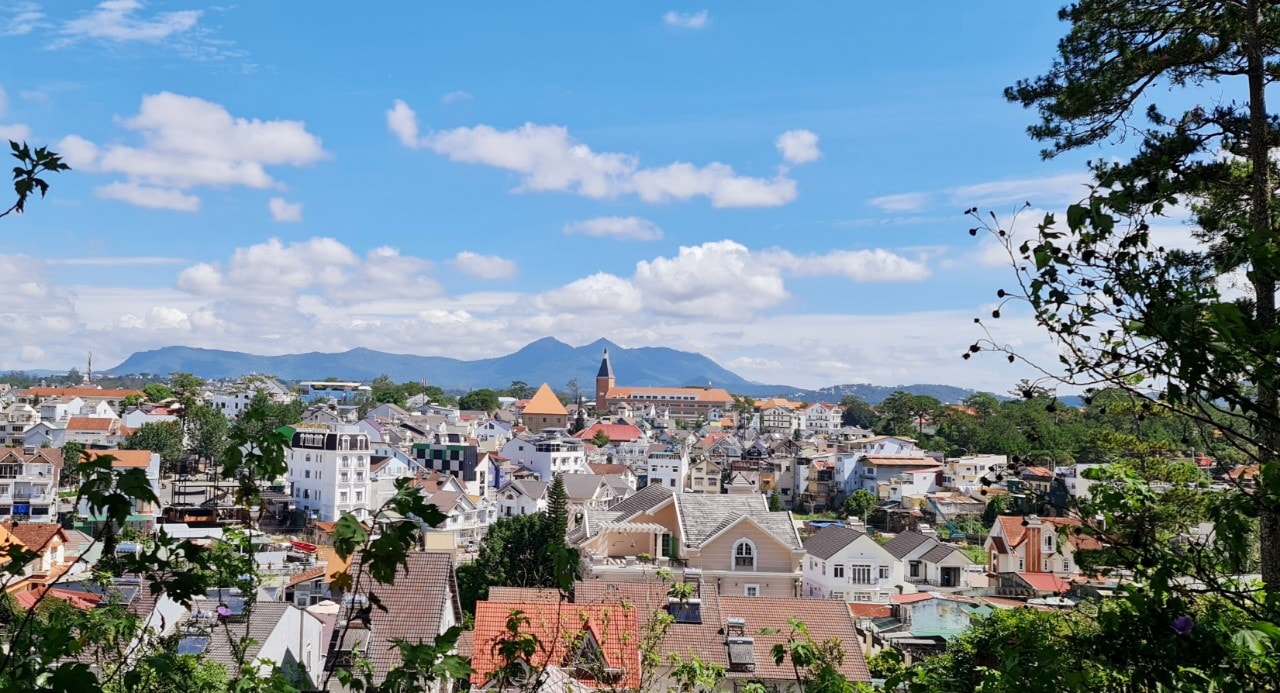
According to Architect Tran Ngoc Chinh - Chairman of the Vietnam Urban Planning and Development Association: The process of reorganizing the Lam Dong urban system in the coming time must ensure 4 general goals including: Forming a network of interconnected, reasonably decentralized urban areas, ensuring specialized functions and the ability to support each other. Developing the urban system associated with a multi-regional - multi-center spatial structure: plateau - midland - coastal area. Orienting each urban area to become a pole of sustainable development, harmonizing between economy, ecology and society; strengthening intra-regional and inter-regional connections with the Southeast and South Central Coast.
Polycentric and regionally connected urban areas
Also according to Architect Tran Ngoc Chinh: The new urban system of Lam Dong province should be based on the principle of increasing urban scale, facilitating investment decentralization and synchronous infrastructure development, forming clear functional areas, specific development linkage areas to increase the connectivity between urban - industrial - seaport - tourism. Developing the economic - urban corridor axis from the sea to the plateau through the Phan Thiet - Bac Binh - Duc Linh - Di Linh - Da Lat axis. Integrated planning of clean energy - logistics - industrial park - urban areas, restructuring the urban - rural - ecological model associated with sustainable resource exploitation.
Thereby, it is proposed to organize the urban system according to 3 functional urban-economic sub-regions including: the Western Highlands sub-region, the midland-ecological sub-region and the coastal-marine industrial sub-region.
Instead of focusing on developing only one megacity, Lam Dong province needs to apply a multi-center interconnected model, in which the central cities (Da Lat - Phan Thiet - Gia Nghia) play the role of 3 development poles, connected by strategic infrastructure (highway, railway, airport). On the other hand, develop urban - industrial - service corridors along the East - West axis (Phan Thiet - Bao Loc - Gia Nghia) and the North - South axis (Dau Giay - Lien Khuong). At the same time, strengthen connections with Ho Chi Minh City, Ninh Thuan (old), Binh Phuoc (old), Dak Lak (old) through regional traffic routes and new highways.
The zoning and connection of the urban system of the new administrative unit after the merger is not just a collection of residential areas, but must be seen as a network of linked - integrated - multi-center development, both modern, ecological and preserving heritage. In addition, the organization and development of a reasonable urban system will be an important foundation for Lam Dong to become a locomotive connecting the Central Highlands - Coast - Southeast region in the period of 2030 - 2050.
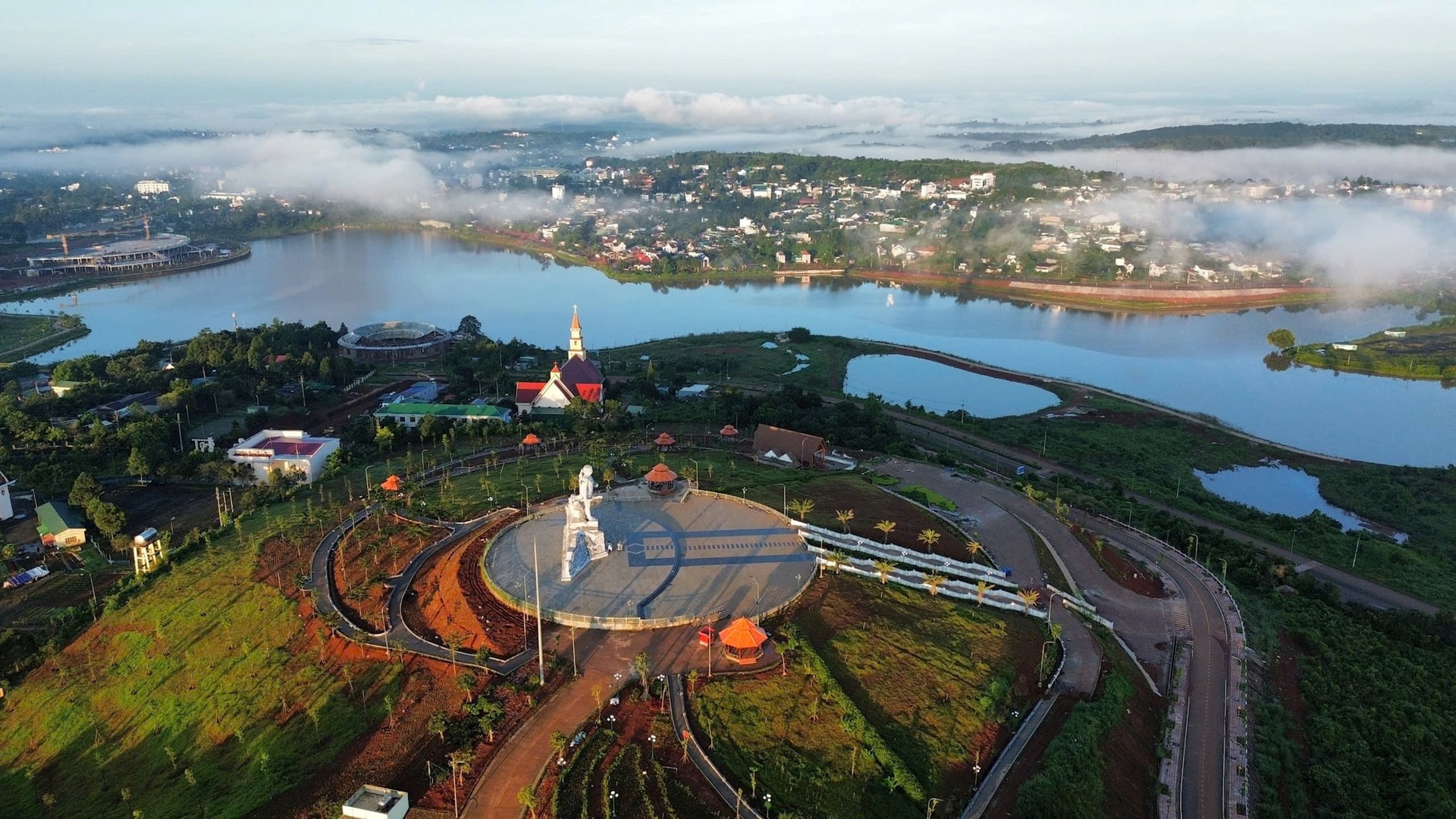
Socio-economic restructuring
It is worth noting that after the merger, the new Lam Dong provincial administrative unit has a geographical space stretching from the highlands to the sea, which is favorable for socio-economic restructuring based on development axes. Specifically, the East-West development axis from the Phan Thiet - Ham Thuan urban cluster through Bao Loc - Di Linh to Gia Nghia - Tuy Duc; the North-South development axis - along the highways, connecting with the Southeast region and the South Central Coast. Accordingly, it is necessary to make strategic investments in the urban system by restructuring inter-urban infrastructure through investing in inter-regional axis roads; upgrading Lien Khuong airport and expanding Phan Thiet seaport; supporting the development of type III - IV urban areas in intermediate areas, to avoid urbanization disparity. Forming high-tech zones - university urban areas - specialized tourism urban areas to redistribute population, reducing pressure on central urban areas. Finally, planning to integrate digital infrastructure and smart cities synchronously from the early stages, towards a regional smart urban ecosystem.
With the advantages of diverse terrain - climate - resources, along with strong policy orientation, Lam Dong will become a model of integrated urban planning and development in Vietnam.
Architect Tran Ngoc Chinh, Chairman of Vietnam Urban Planning and Development Association.
In general, the orientation of urban system development in the new Lam Dong province needs to ensure harmonious development between the three axes of geography - economy - ecology, in the model of regional linkage governance. Urban development is not only a driving force for growth, but also an important tool to redistribute population, improve quality of life and create sustainable regional identity in the period 2025 - 2050.
Source: https://baolamdong.vn/he-thong-do-thi-lam-dong-huong-phat-trien-dong-bo-ben-vung-va-lien-ket-vung-386209.html




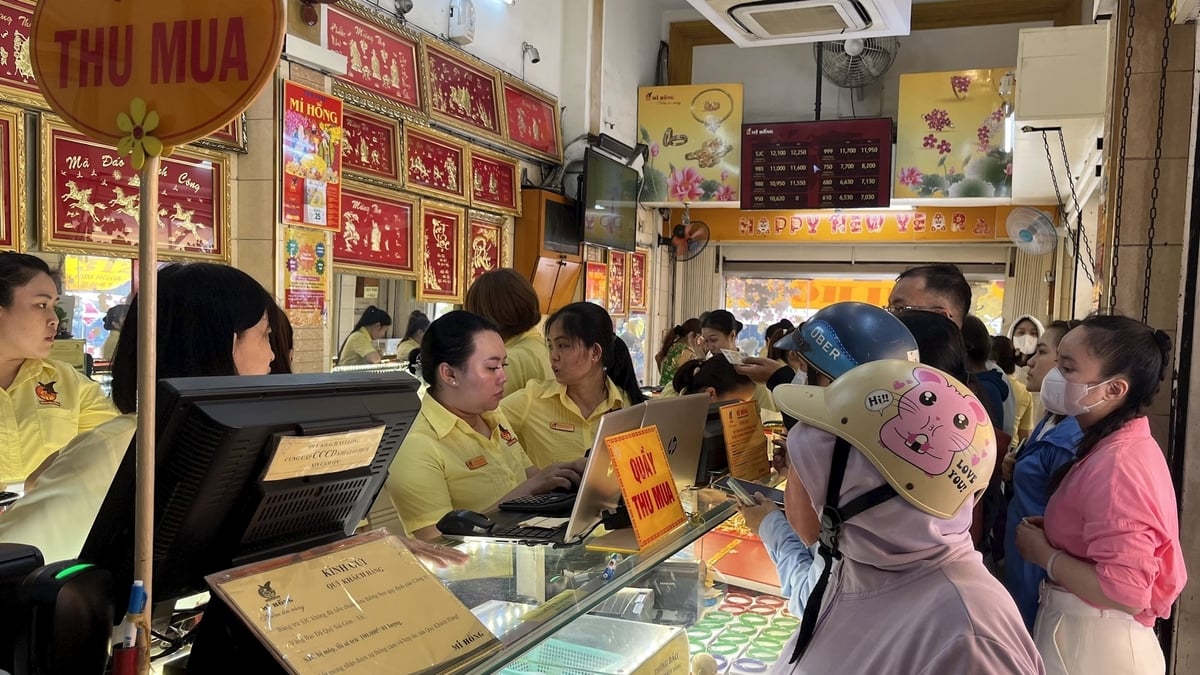

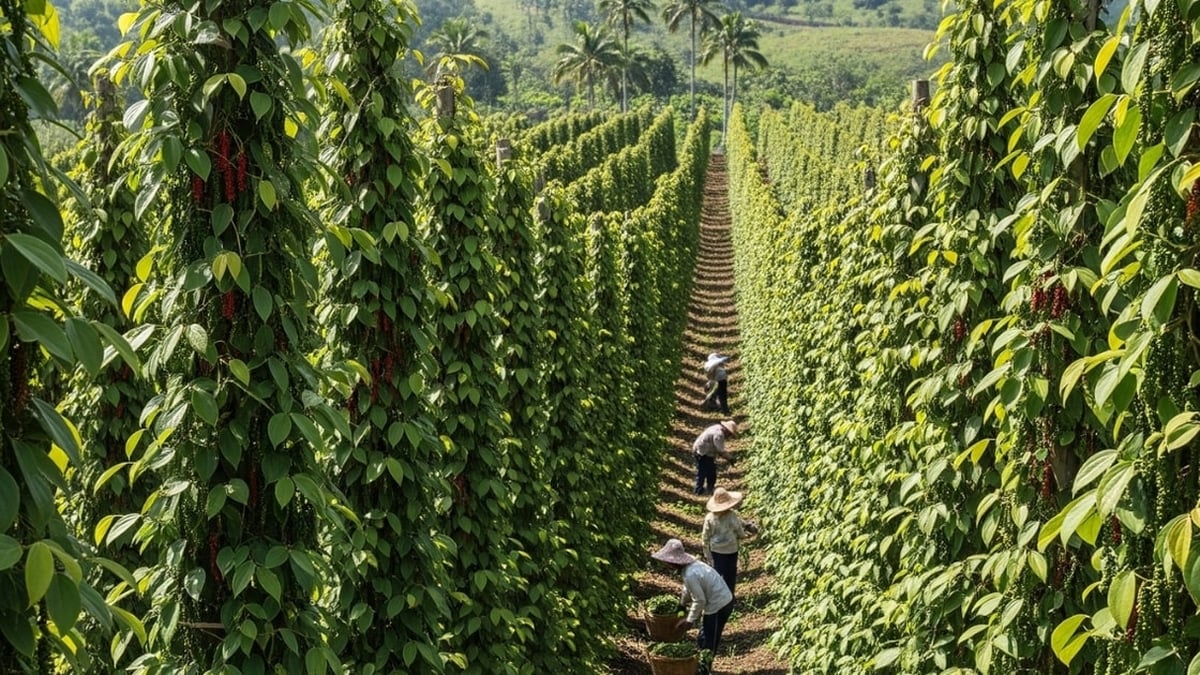
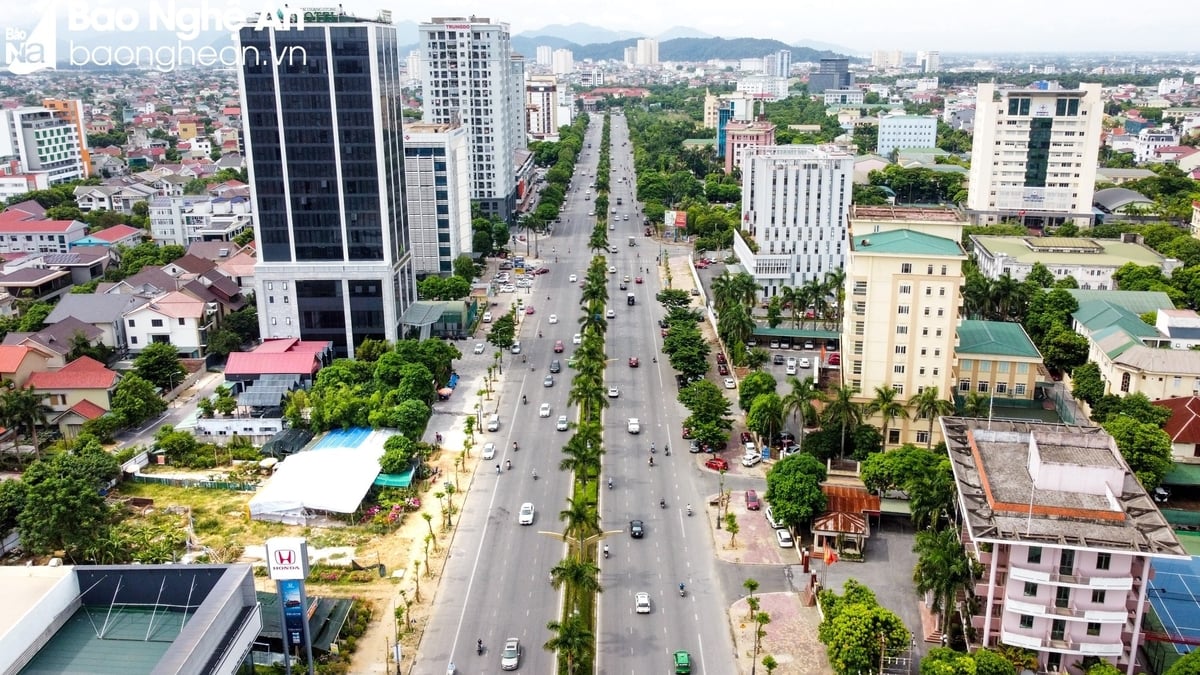
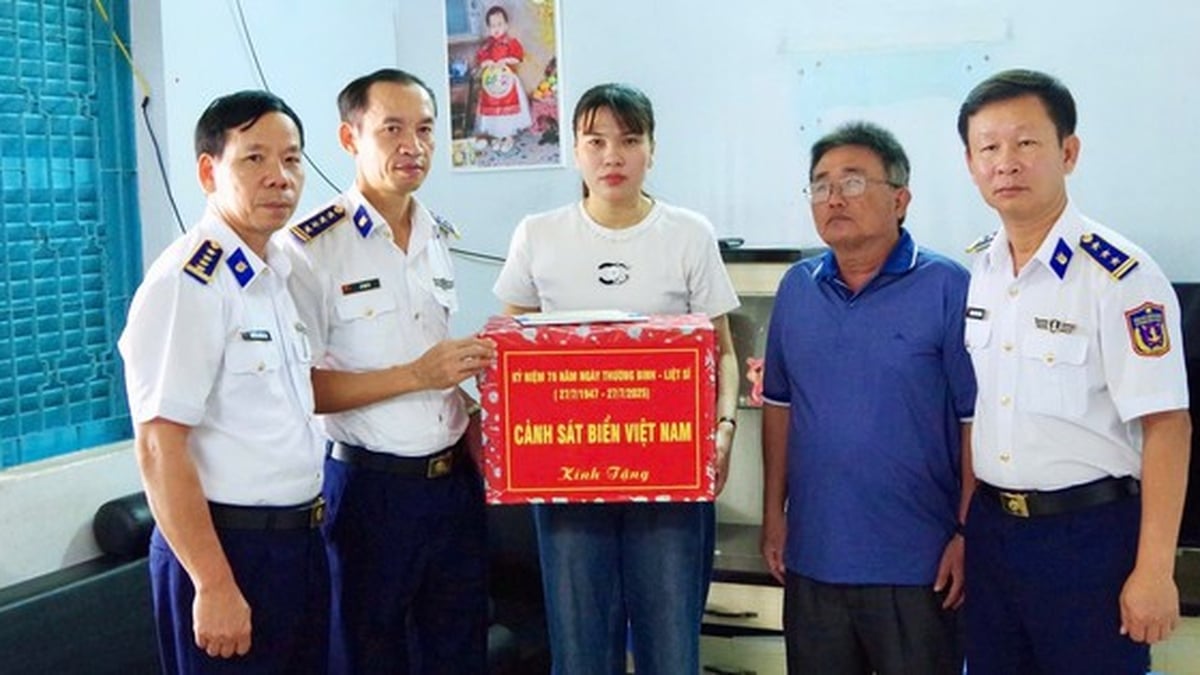


























































































Comment (0)